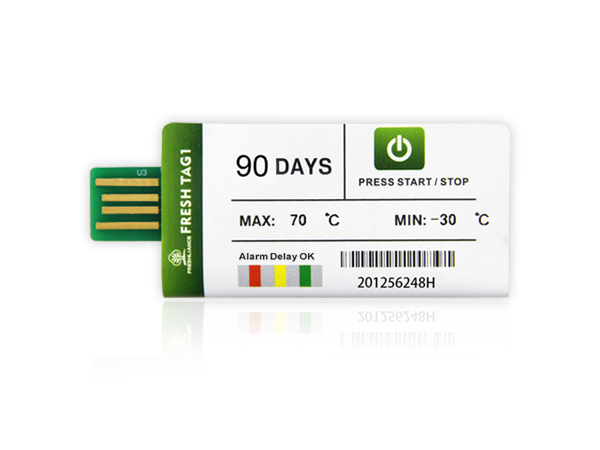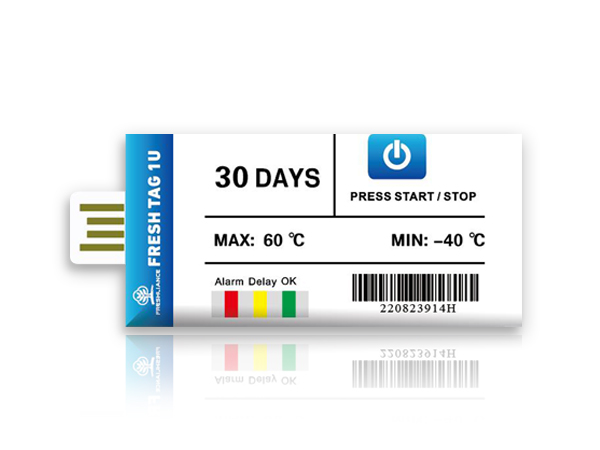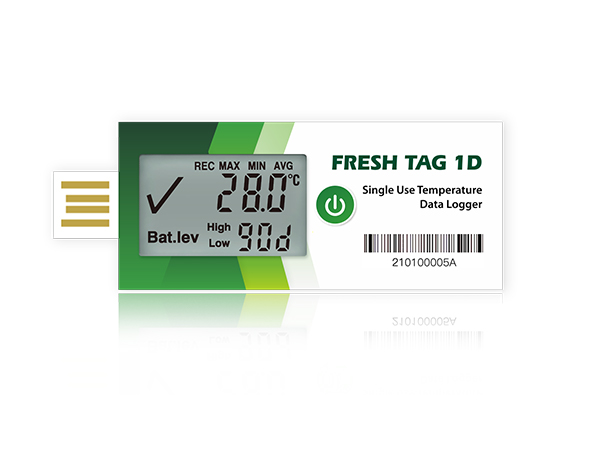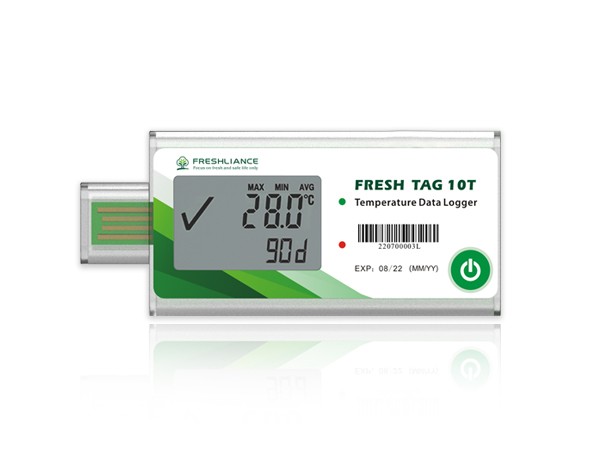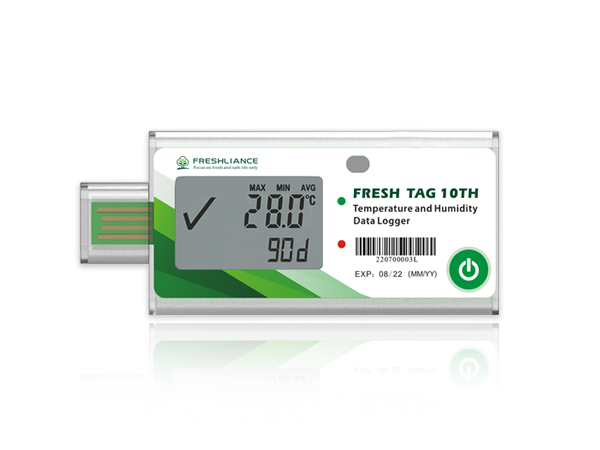Fresh fruits and vegetables deteriorate rapidly after harvest as they continue to breathe and thus consume their internal reserves. The rate of respiration, which depends on the type of fruit or vegetable, varies according to the temperature of the product.
Keeping fruits and vegetables at the lowest possible temperature reduces respiration, slows down natural deterioration and lengthens shelf life. The greatest reduction in respiration rate and overall metabolism can be achieved by keeping the fruit or vegetable just above its freezing point, extending its shelf life. This assumes an ideal conservation temperature of -1 to 4°C for most fruits and vegetables.
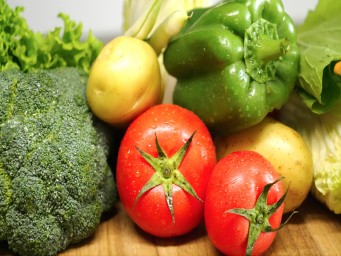
However, some fruits or vegetables are very sensitive to cold injury. In this case, the product temperature should not be lower than 10°C (e.g. banana, grapefruit, lemon, tomato). Some other fruits and vegetables are moderately sensitive to cold and should be kept at a temperature between 5 and 9°C (e.g. mango, avocado, mandarin orange, ripe pineapple, orange, cucumber, potato).
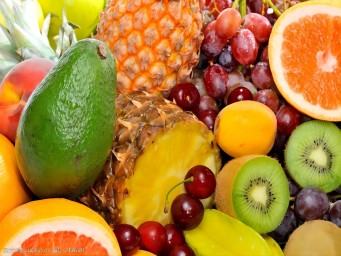
For these fresh foods, any increase in temperature above 4°C could result in a significant hazard to the consumer by allowing the rapid growth of infectious or toxic microorganisms. The processes used in these foods to eliminate competitive microflora could allow some pathogenic microorganisms to survive and reproduce without competition. Since the microorganisms that cause the obvious signs of spoilage are no longer present, the food could be harmful to the health of the consumer even if the smell and appearance seemed acceptable.
In addition to the potential dangers, poor temperature control of food can reduce quality, food waste and energy waste.
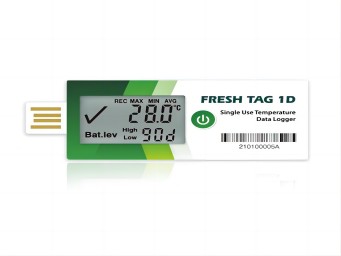
Fresh Tag 1D is a disposable temperature data logger with LCD display function that facilitates real-time viewing of temperature data. Its built-in PDF generation function allows the logger to be plugged into a PC to generate non-editable PDF data reports without additional software.
This disposable PDF temperature data logger has the advantages of low cost, easy operation and small space. The product is made of food-grade packaging materials. It is compact, light, waterproof and widely used. It is an ideal choice to monitor and record temperature changes in fresh fruits and vegetables during transport.
There are many loopholes in the coldchain. However, we have the knowledge and tools to improve the food distribution system. We must first sensitize the actors of the cold chain to the problems and then propose solutions. If we can convince people of the importance of their work and the need to get it right, we can hope to one day keep the cold chain intact.

 English
English Español
Español Русский
Русский Français
Français Deutsch
Deutsch عربي
عربي 中文
中文